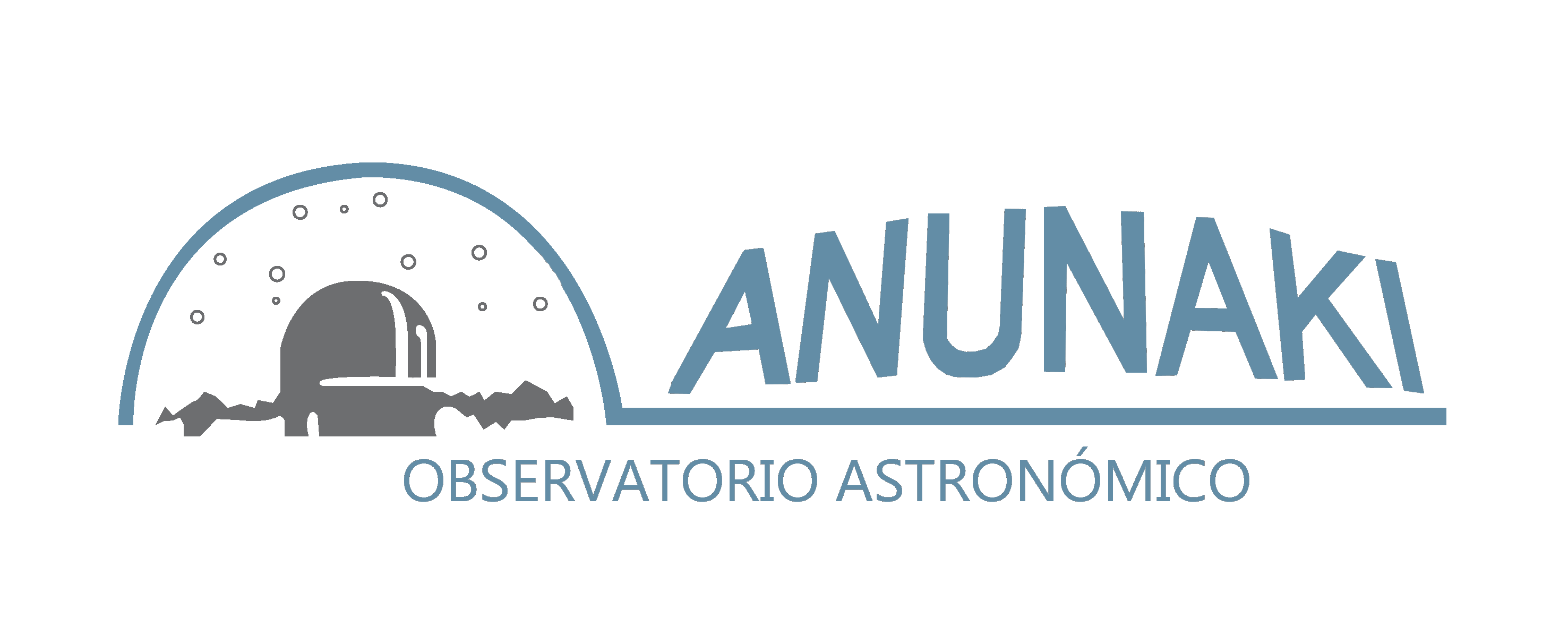IC 5146, also known as the Cocoon Nebula, is an astronomical object located in the constellation Cygnus, approximately 3,300 light-years from Earth. It is a region of star formation, where new stars are being born from clouds of gas and dust. This object is both an emission nebula and a reflection nebula, and also includes a dark nebula.

Here I explain each key component:
1. Emission nebula: At the center of IC 5146 is a young, hot star, which emits a lot of ultraviolet radiation. This radiation excites the hydrogen atoms in the surrounding gas cloud, causing them to glow with a characteristic reddish color. This glow is what we call an emission nebula.
2. Reflection Nebula: In addition to the gas that glows from the star’s radiation, there is also cosmic dust that reflects the star’s light. This creates a reflection nebula, which usually appears in bluish tones due to light scattering.
3. Dark Nebula: Surrounding the bright nebula, there are regions of dark nebula, which are dense accumulations of gas and dust that block the light from the background stars. These dark areas contrast with the brightness of the nebula, giving it its characteristic appearance.
4. Star Cluster: Within the nebula is an open cluster of newly formed stars, which will disperse in the future as they mature.
Overall, IC 5146 is an impressive example of the processes that take place during star formation. The nebula has a round, bright appearance in the center, which gives it its nickname “Cocoon,” as it resembles a butterfly cocoon surrounded by a dark shell of gas and dust.
This object is a fascinating mix of luminous and dark areas, showing different stages in the life of stars and the materials that surround them.
